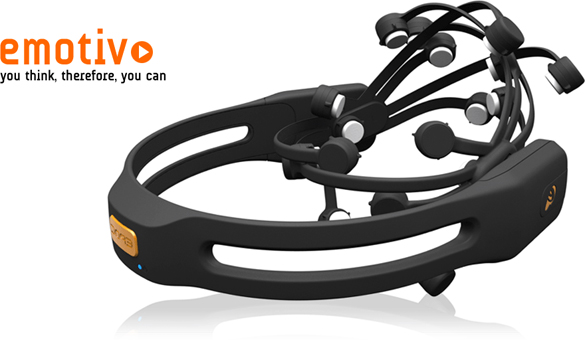A couple of years ago we organised this CHI workshop on meaningful interaction in physiological computing. As much as I felt this was an important area for investigation, I also found the topic very hard to get a handle on. I recently revisited this problem in working on a co-authored book chapter with Kiel on our forthcoming collection for Springer entitled ‘Advances in Physiological Computing’ due out next May.
On reflection, much of my difficulty revolved around the complexity of defining meaningful interaction in context. For systems like BCI or ocular control, where input control is the key function, the meaningfulness of the HCI is self-evident. If I want an avatar to move forward, I expect my BCI to translate that intention into analogous action at the interface. But biocybernetic systems, where spontaneous psychophysiology is monitored, analysed and classified, are a different story. The goal of this system is to adapt in a timely and appropriate fashion and evaluating the literal meaning of that kind of interaction is complex for a host of reasons.
